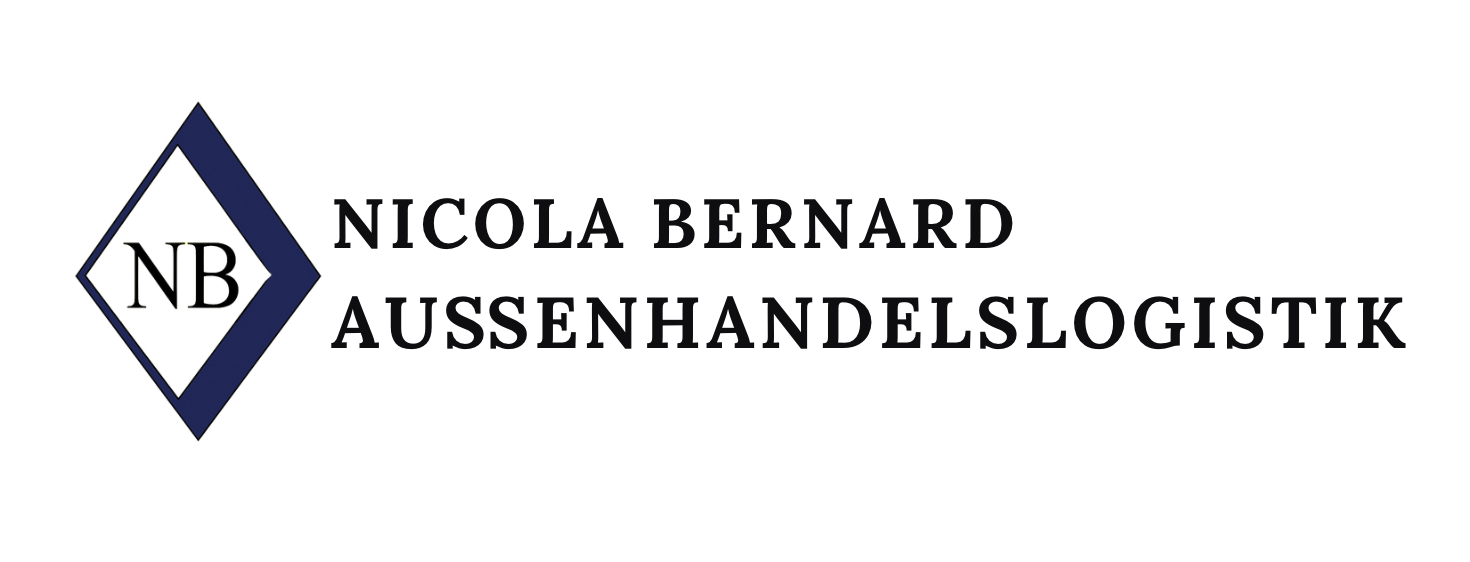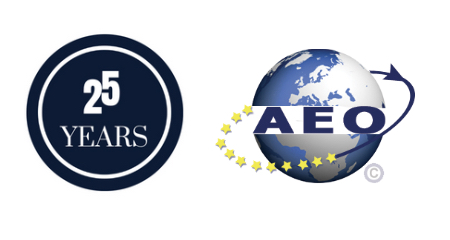The European Commission has introduced a new import monitoring tool to better protect the EU against sudden increases in imports and the resulting market distortions. The system specifically targets so-called trade diversions – situations in which goods originally intended for other markets are increasingly redirected into the EU’s single market, for example due to restrictive trade measures imposed outside the EU.
Early Warning System Based on Customs Data
At the core of the new instrument is a data-driven monitoring system that relies on current customs information. It is designed to help the Commission detect and analyse unusual surges in imports at an early stage. The goal is to identify potentially harmful developments promptly and implement appropriate trade defence measures, such as anti-dumping or anti-subsidy actions.
The Role of the New Taskforce
As part of the initiative, an Import Monitoring Taskforce has been established under the leadership of Commission President Ursula von der Leyen. Since April 2025, the taskforce has been systematically evaluating import trends. It uses an internal dashboard that provides monthly updates on import statistics. Particular attention is given to product categories showing a significant increase in import volumes alongside falling prices – a possible warning signal of market distortion.
Active Industry Involvement Encouraged
The Commission is calling on manufacturers, industry associations and Member States to participate actively. They are encouraged to consult the dashboard regularly to identify potential risks at an early stage. In addition, companies may submit market data and sector-specific information via a questionnaire to support well-founded assessments and potential protective measures. Efforts should be made to avoid unintended consequences for downstream industries.
Using the Dashboard to Identify Import Surges
The monthly data sheet published by the European Commission offers a practical tool for companies to detect potentially harmful import trends. EU-based manufacturers and industry representatives can use the eight-digit Combined Nomenclature (CN) code to check whether there have been notable increases in import volumes or price declines in specific product groups year-on-year.
The list is sorted by total import value (“ranking on value”) and shows the percentage change in both import quantities and prices compared to the previous year for each code. In this way, the dashboard provides early indicators of trade diversion, which could negatively affect the competitiveness of EU producers.
Proactive Dialogue with Third Countries
In addition, the Commission is engaged in dialogue with major trading partners, such as China, to identify potential diversion effects early on and to monitor developments that could impact the EU market.
The latest import monitoring dashboard results are published monthly via the CIRCABC portal (Communication and Information Resource Centre for Administrations, Businesses and Citizens): Click here.
Source: European Commission






